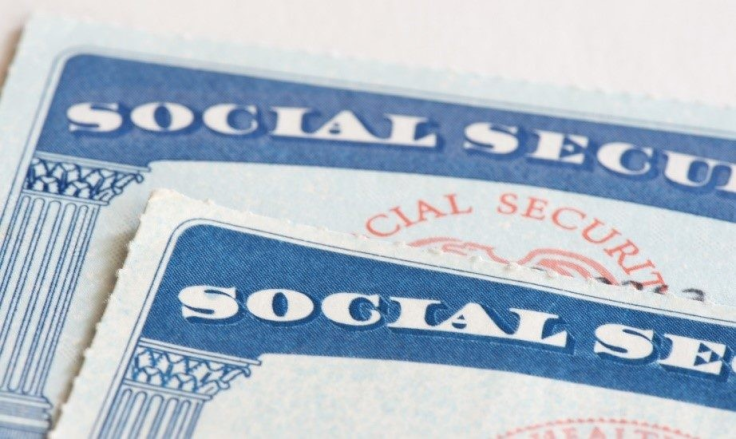Social Security Confirms $1,580 Monthly Average SSDI Payments: Here's How To Speed Up the Claims Process
SSDI benefit amount significantly depends on your work history

Social Security Disability Insurance (SSDI) provides monthly income to people who cannot work anymore due to disability. In January, the Social Security Administration (SSA) confirmed that the average SSDI monthly benefit would be £1,251 ($1,580) after implementing the 2.5% COLA hike for 2025.
Remember that Social Security beneficiaries pay income tax on a portion of their benefits, which can be up to 85% of the benefits if one files a federal tax return as an "individual" and total annual income is over £19,806 ($25,000). The SSA estimated that 50% of Social Security beneficiaries had income that exceeded the limit in 2023.
SSDI Eligibility Criteria In A Glance
The SSA states that individuals can be eligible for SSDI if they have a disability or blindness and have a sufficient work history. The disability must affect your ability to work for a year or more.
However, if you continue to work, the rule mandates that the disability must limit you from earning income above $1,620 monthly from 'substantial gainful activity.'
Furthermore, you must have a work history for at least five of the last 10 years. Your SSDI eligibility and monthly benefit amount also depend on how much you have contributed to the Social Security programme via payroll taxes.
Typically, one needs 40 work credits to qualify for SSDI, and 20 of those 40 credits must be earned in the last 10 years before the onset of a disability. However, younger people might qualify for SSDI with fewer credits, given they've had less time to accumulate them.
SSDI Monthly Payment Schedule
The SSA stated that 8 million Americans depend on monthly SSDI benefits to support their households, so it is important for them to know when their payments will arrive every month.
The SSA designed a payment schedule based on beneficiary birthdates. SSDI payments are issued on the 2nd Wednesday of each month for those born between the 1st and 10th of a month. The payments arrive on the 3rd Wednesday for those born between the 11th and 20th of a month. Those born between the 21st and 31st of a month receive SSDI benefits on the 4th Wednesday.
How To Speed Up The SSDI Claim Process
The SSA urges people who develop a disability that affects their ability to work to apply for SSDI benefits as early as possible because it takes up to 8 months for an initial decision.
Claimants must usually present original documents like a Social Security card, birth certificate, proof of US citizenship, military discharge papers if applicable, and the most recent W-2 form or tax return if self-employed.
The SSA says you can help speed up the claims process by supplying further information like the names of your employers and job duties in the past five years, medical records and treatment dates from your doctors, hospitals, or clinics. Even laboratory test results and details of medications, along with the names, phone numbers, and addresses of your doctors or hospitals, can make a big difference in the SSDI claim processing time.
© Copyright IBTimes 2025. All rights reserved.

















